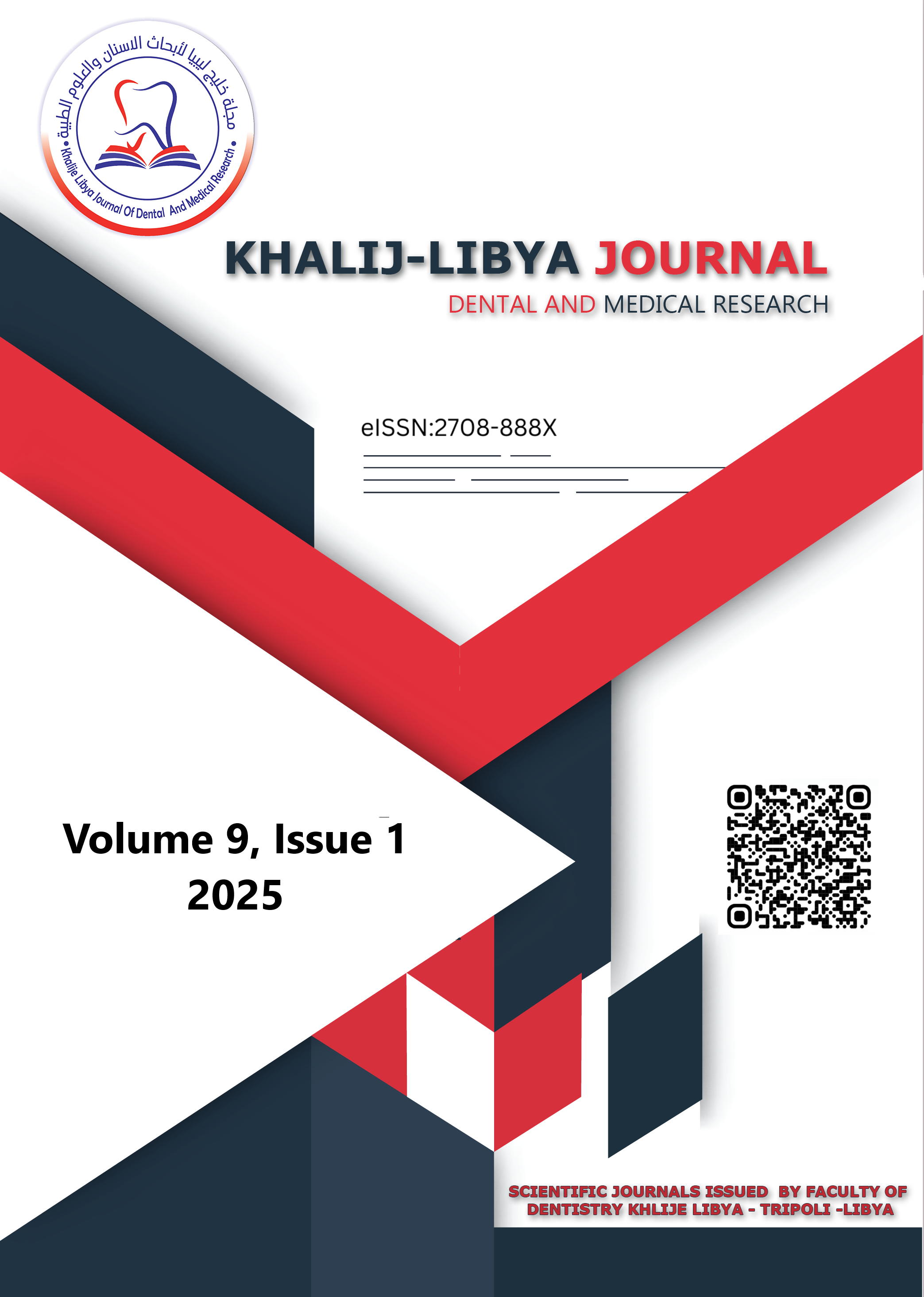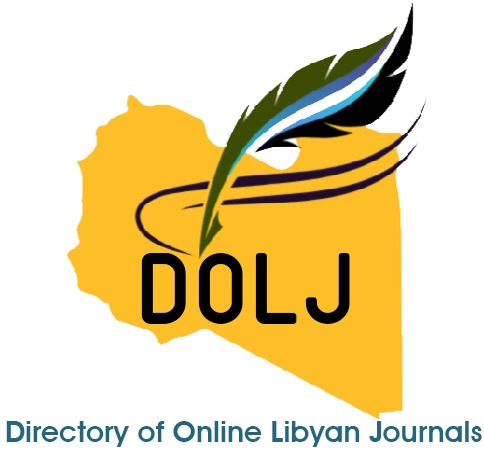Clinical Presentation of Tongue Squamous Cell Carcinoma at the Maxillofacial Clinic of the National Institute of Oncology, Sabrata, Libya
DOI:
https://doi.org/10.47705/kjdmr.25911017Keywords:
Tongue, Squamous Cell Carcinoma, Maxillofacial, SabrataAbstract
Squamous cell carcinoma (SCC) of the tongue is the most common oral malignancy, accounting for over 90% of tongue cancers. Despite its accessibility for clinical examination, delayed diagnosis remains common due to nonspecific early symptoms, contributing to a poor prognosis in advanced stages. This study describes the clinical profile and surgical outcomes of tongue SCC at the National Institute of Oncology, Sabrata, Libya. Thirty-three patients with tongue carcinoma between 2017 and 2022 were included in this study. Data on age, gender, tumor characteristics, smoking and alcohol use, clinical features, and histopathological findings were recorded. Surgical treatments included local excision, hemiglossectomy, and radical neck dissection. Out of the 33 patients, 23 underwent local excision with direct closure, 7 underwent hemiglossectomy, and 3 underwent radical neck dissection. Most cases presented in late primary or secondary stages, with significant associations between lesion size (>2 cm) and lymphatic metastasis (p=0.008). Chronic irritants, such as decayed teeth, appear to be risk factors for larger lesions and metastasis. The findings of this study are consistent with the literature regarding the relationship between tongue SCC, age, sex, and chronic irritants. Our findings underscore the critical need for early diagnosis through community screening and multidisciplinary management to mitigate the high burden of advanced-stage stage in Libya
Downloads
Published
How to Cite
Issue
Section
License
Copyright (c) 2025 Khalij-Libya Journal of Dental and Medical Research

This work is licensed under a Creative Commons Attribution-NonCommercial 4.0 International License.
All the articles published in KJDMR are distributed under CC BY-NC-SA 3.0 IGO license










